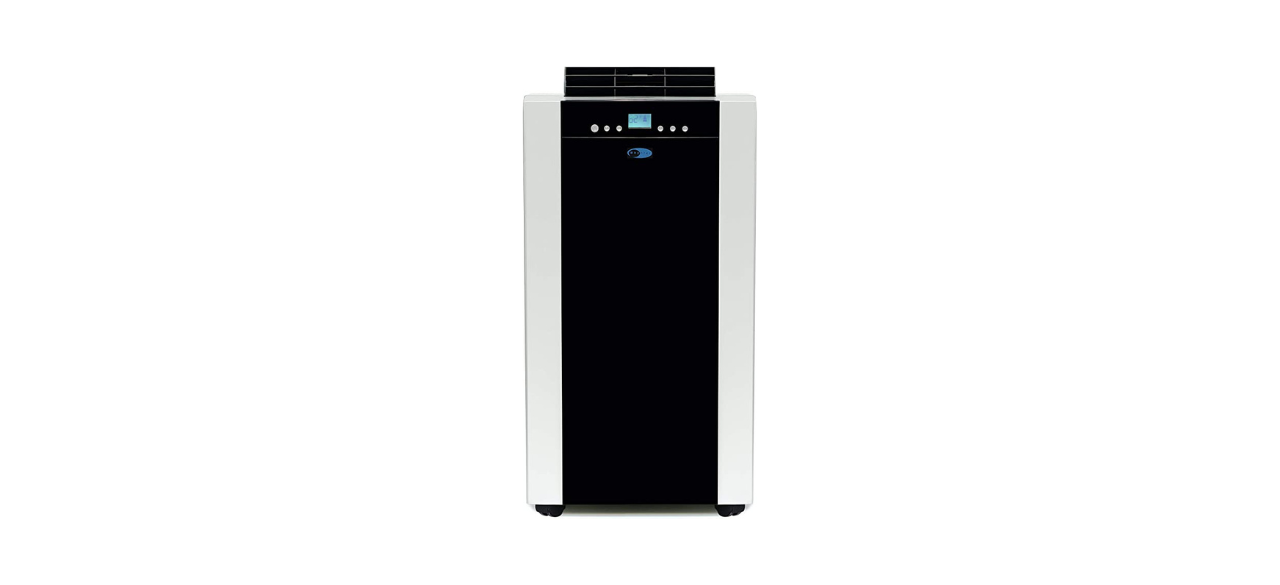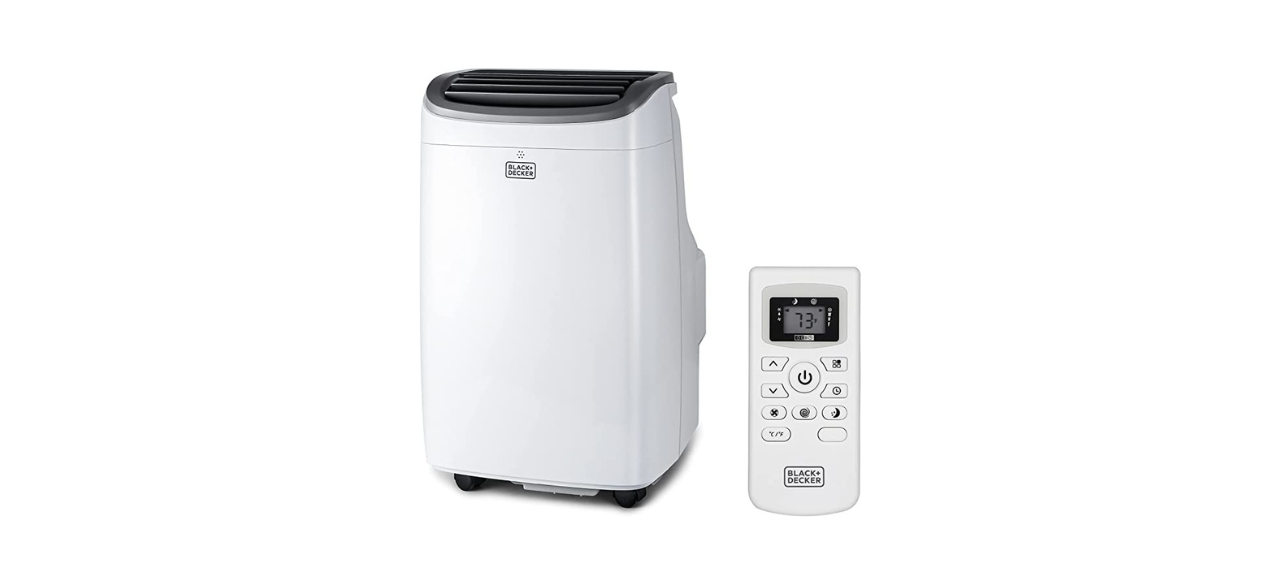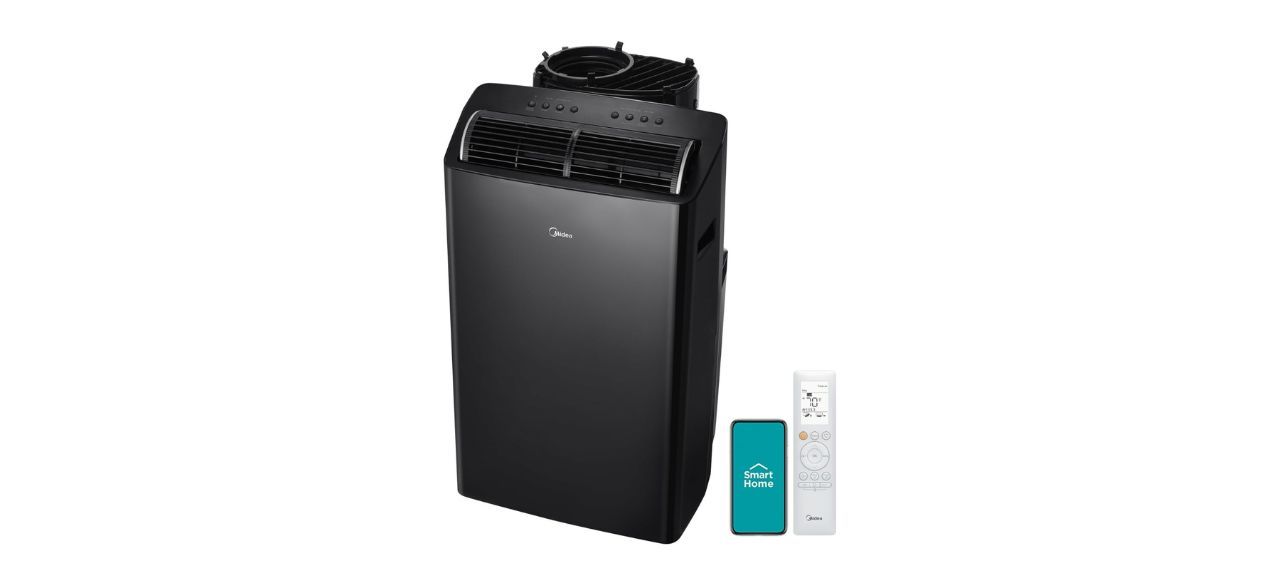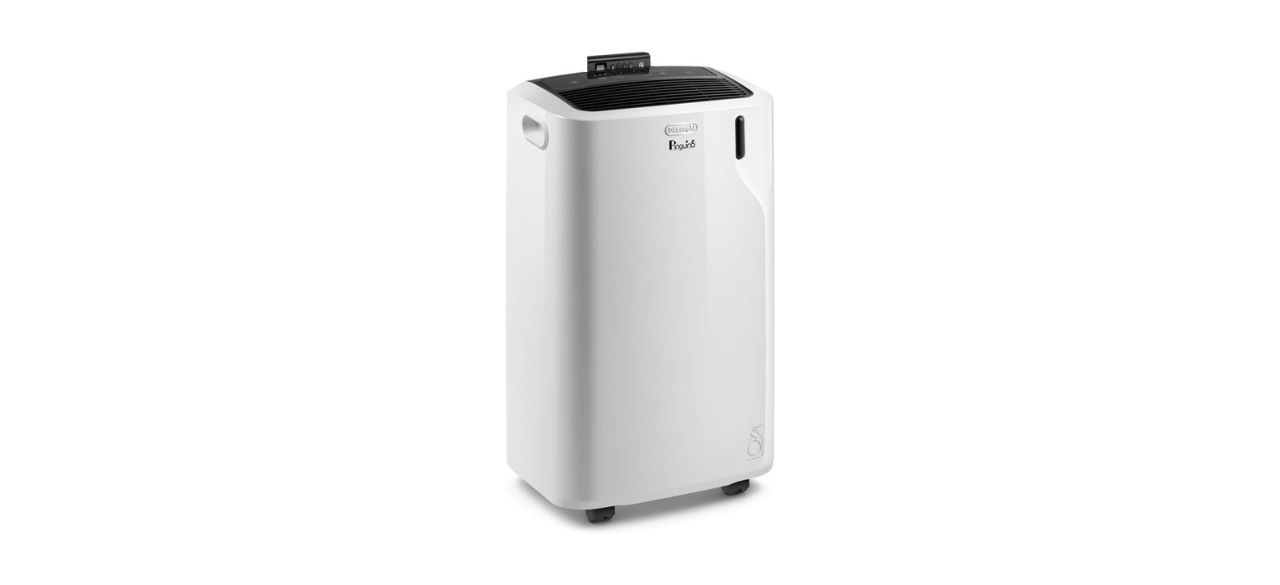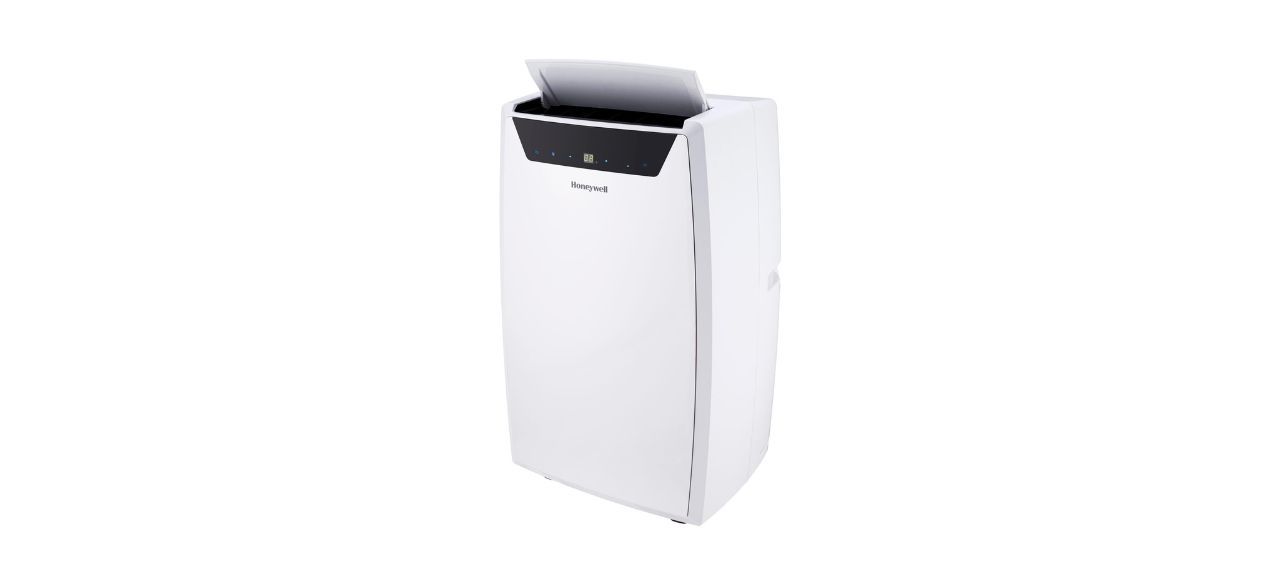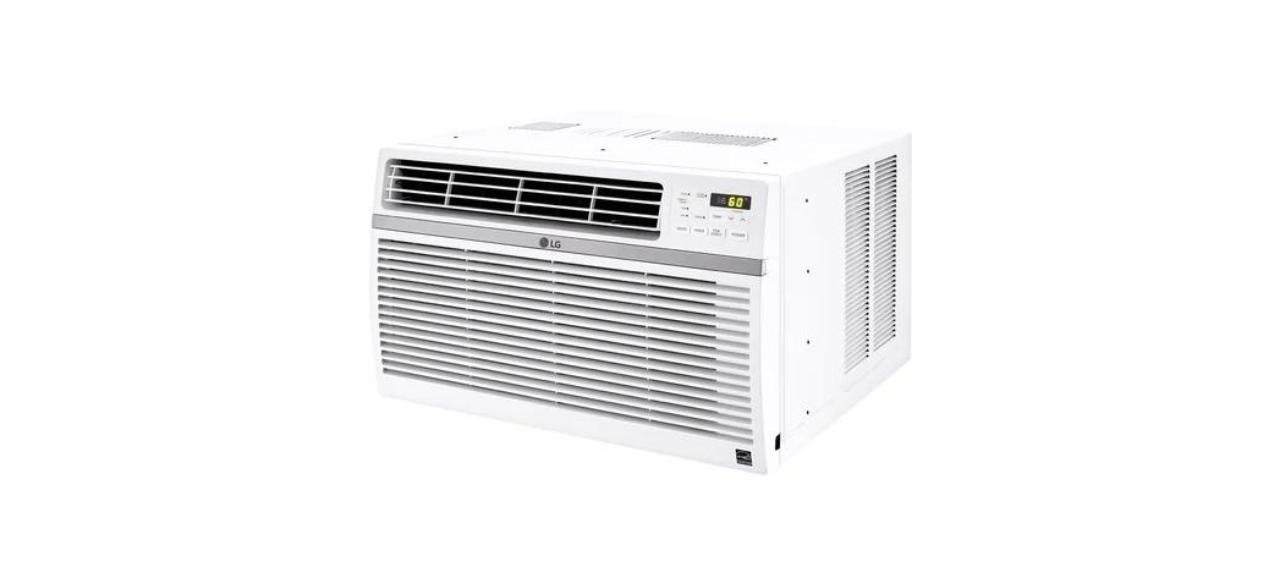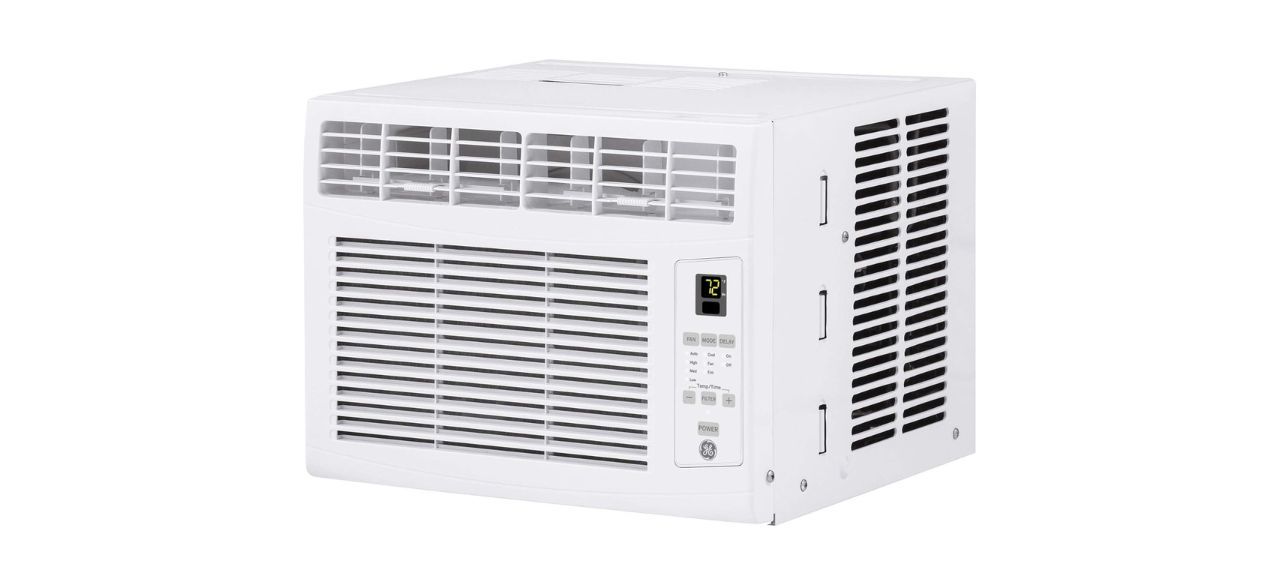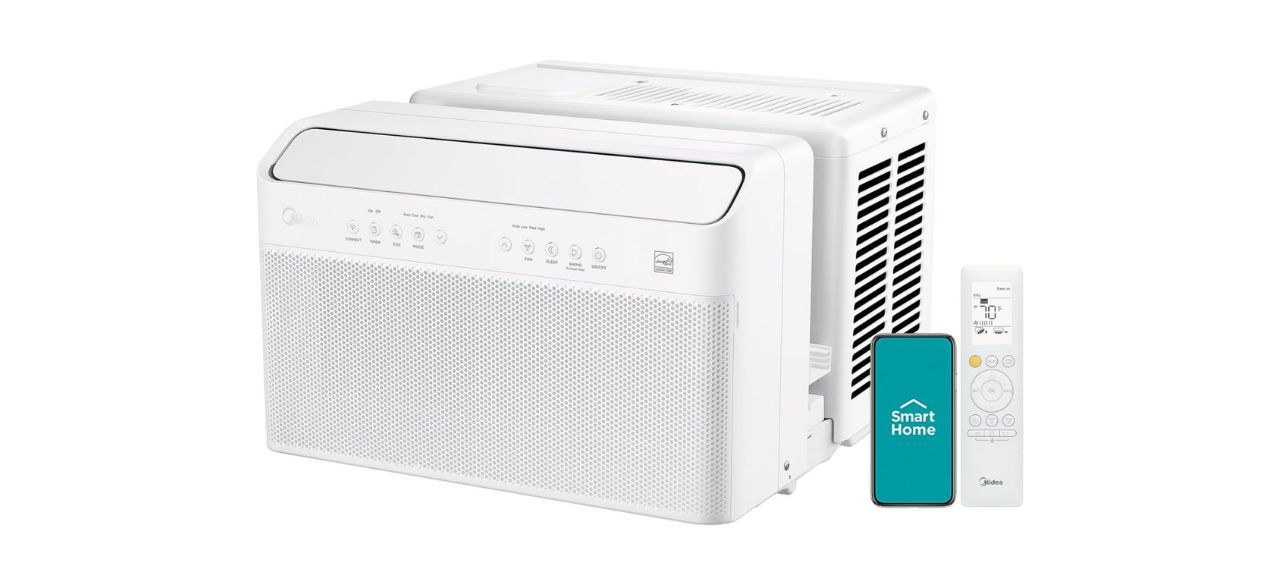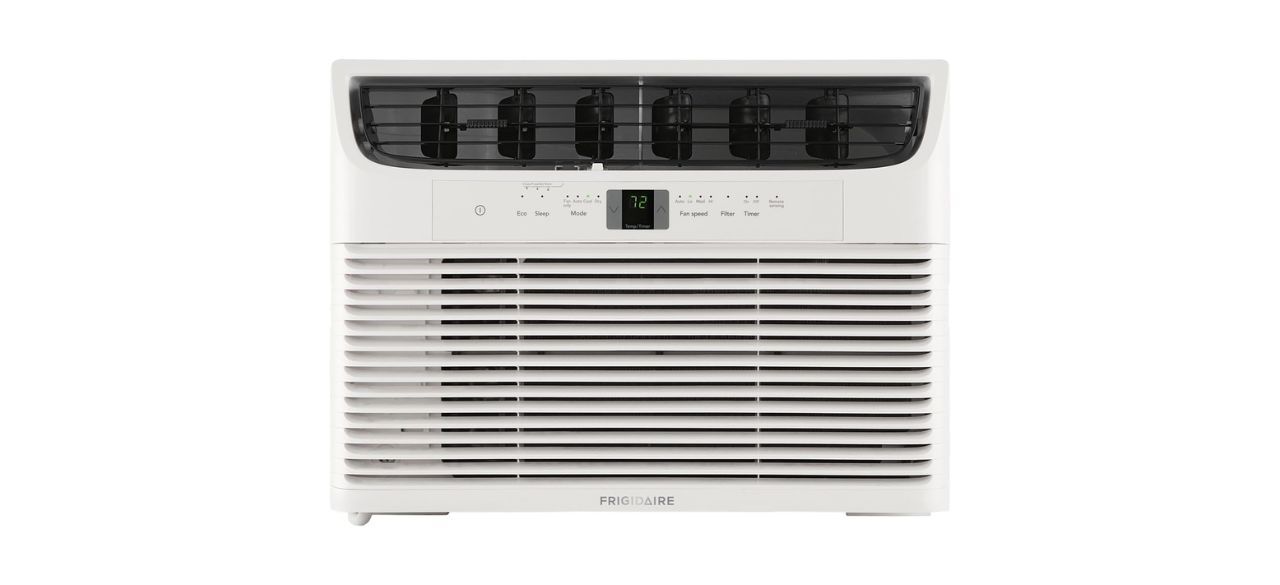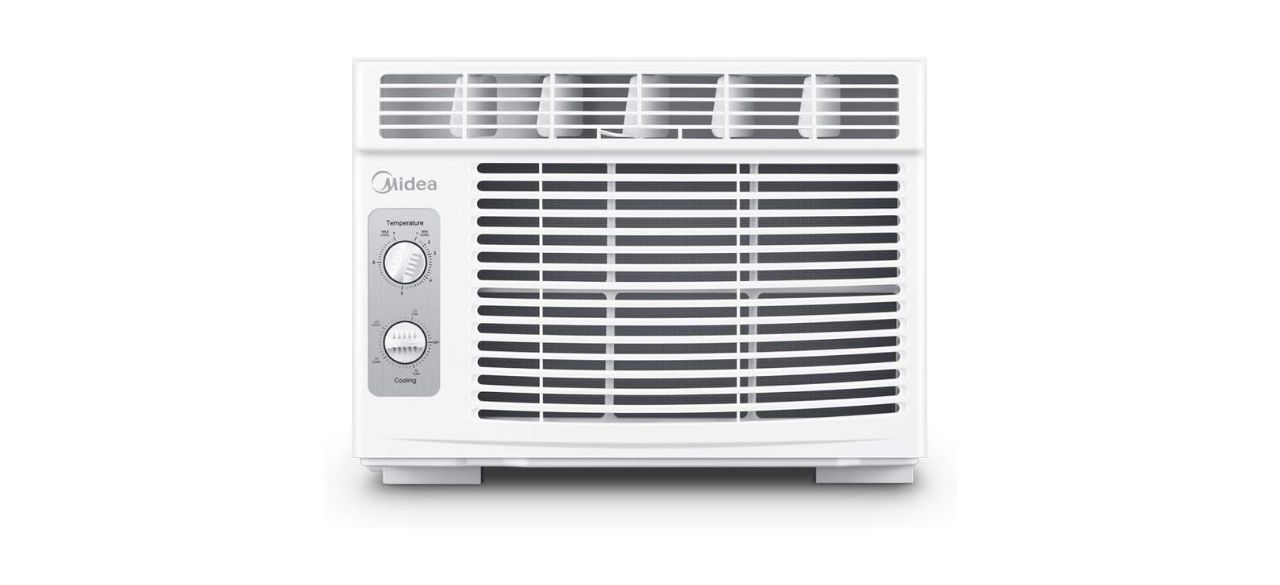How to choose between a portable air conditioner vs. window air conditioner
If you don’t have central air and are in the market for an air conditioner, you’ve probably been debating which style would work best for your home or apartment.
While both portable and window air conditioners work well to keep your space cool during the hottest summer months, they each come with unique pros and cons. To help you make an informed decision, we’ll compare portable air conditioner vs. window unit options and highlight their main features as well as their drawbacks, so you can decide what makes sense for you.
Seeing as both styles operate and function in similar manners, the main differences we’ll be discussing are overall power, size and mobility.
In this article: Whynter ARC-14S 14,000 BTU Dual-Hose Portable Air Conditioner, Midea Duo 14,000 BTU Ultra-Quiet Portable Air Conditioner and LG 12,000 BTU Energy Star Window Air Conditioner with Remote
What is a portable air conditioner?
Unlike conventional window AC units, portable air conditioners operate almost entirely indoors, using only a window exhaust hose to rid the room of warm air. As the name suggests, a portable air conditioner can be moved from room to room depending on necessity, though their weight prohibits frequent movement up and down stairs.
Like most home appliances, the price of portable air conditioners varies. When purchasing a new model, you can expect to pay anywhere from $300 to $600, depending on power, brand and additional features.
Pros of a portable air conditioner
There are several reasons why you might want to choose a portable air conditioner over a window air conditioner.
- Portable air conditioners do not block windows or require any major window installation other than the ventilation hose, allowing you to open your window when you feel like letting in some fresh air.
- Portable air conditioners can be better for large apartment buildings with strict rules or safety regulations regarding window AC units.
- Certain homes have windows that are not compatible with window AC units. In that case, a portable air conditioner would be your best option.
- Some portable air conditioners include added features, such as dehumidifying and air purification functions. If that’s something you’re looking for, a portable air conditioner might be an excellent multi-purpose appliance.
What to consider before purchasing a portable air conditioner
While a portable AC unit makes sense for some people, there are several drawbacks that you might want to consider before making a purchase.
- The main issue with portable units is their size. Though they are more mobile than their window counterparts, they take up a significant amount of space in your home.
- Portable air conditioners tend to use energy less efficiently, meaning they are often not as powerful as window air conditioners. However, you can still find energy-efficient portable options that will help you save on electricity bills.
- The amount of noise produced by portable models is another common complaint, though different models sport different decibel levels.
- If you don’t choose a self-evaporative AC, you’ll be tasked with the added maintenance of emptying and clearing out the water that builds up within the unit.
Best portable air conditioners
Whynter ARC-14S 14,000 BTU Dual-Hose Portable Air Conditioner
This powerful Whynter portable air conditioner can cool up to 500 square feet of living space and features an eco-friendly chlorofluorocarbon (CFC)-free design. It comes with an auto-drain technology, which uses and reuses the moisture to keep the office room, small bedroom, or a server room clean.
Black + Decker BPACT10WT Portable Air Conditioner
Best for smaller rooms, this model has a maximum cooling setting of 65 degrees, and it simultaneously dehumidifies the air for a more comfortable environment. This Black + Decker portable air conditioner has three-in-one functionalities such as cool, fan and dehumidify. A 24-hour timer lets you schedule the unit to run and save on energy costs.
Midea Duo 14,000 BTU Ultra-Quiet Portable Air Conditioner
This advanced unit can be operated via Bluetooth with your smartphone or through voice control. It’s compatible with Alexa and Google Assistant. The Midea portable air conditioner runs quietly and cools spaces up to 550 square feet. You can get this model with or without heating capabilities.
De’Longhi PACEM370 Pinguino Portable Air Conditioner
This versatile unit works as an air conditioner, dehumidifier and fan. It’s suitable for cooling spaces up to 500 square feet and has a programmable timer. This model also comes in a smaller version for rooms up to 400 square feet.
Honeywell 14,000 BTU Portable Air Conditioner
This Honeywell portable air conditioner is a good choice if you’re looking to cool a large room or a modestly sized apartment. It cools rooms up to 700 square feet and also has dehumidifier and fan functions. This unit has three fan speeds and a 24-hour programmable timer.
What is a window air conditioner?
Window AC units have been keeping households cool for decades and are still a popular style today. Designed to fit securely in most windows, these air conditioners are powerful and efficient at cooling even large rooms. Many window air conditioners come with a remote control that you can use to operate the unit.
Generally less expensive than portable models, most window air conditioners fall within the $130 to $500 range. The average lifespan of window units is around 10 years, so you can expect a cool home through multiple summers.
Pros of a window air conditioner
Multiple reasons make window air conditioners an intelligent choice.
- Many window units are less expensive than portable air conditioners, saving you money.
- Window air conditioners can generate significantly more cooling power per British thermal unit (BTU). This leads to cooler rooms and lower energy bills.
- This type of AC unit won’t take up any floor space or extra room in your home. The low-profile window design is excellent for saving space.
- Though not quite as easy to install as portable ones, the installation process is usually quick and hassle-free.
- There is little to no maintenance required. While you want to wash off the filter now and then, you won’t have to worry about water collection.
- Window air conditioners are becoming less and less noisy, seeing as most of the unit is outside.
What you should consider before purchasing a window air conditioner
Even with all their benefits, window units might not work for everyone.
- There is no easy way to transport a window AC from room to room. Once installed, a window unit is usually left untouched until the end of the season.
- You won’t have access to your window while the AC is in place. This can be annoying to some people since it blocks light and prevents the window from opening.
- Not all buildings allow window units, as they can be a safety hazard if not installed correctly. It’s essential to check all regulations before choosing this option.
Best window air conditioners
LG 12,000 BTU Energy Star Window Air Conditioner with Remote
With its powerful 12,000 BTU rating, this LG window air conditioner provides impressive cooling functions with minimal noise. It can cool rooms up to 550 square feet and has customized cooling settings in the form of three fan speeds. The unit lasts longer, as it comes with LG’s patented technology for the shield cover.
GE 6,000 BTU Window Air Conditioner
This GE air conditioner is a budget-friendly option for small rooms, capable of cooling up to 250 square feet. It offers three cooling modes and three fan speeds. It’s not the quietest model, but it’s not overly loud.
Midea 10,000 BTU Smart Window Air Conditioner
This Energy Star-certified air conditioner runs quietly compared to other window units. It’s Wi-Fi-enabled and can be controlled using the Midea app, Alexa or Google Assistant. This 10,000 BTU model efficiently cools rooms up to 450 square feet, and there are also 8,000- and 12,000-BTU versions available.
Frigidaire FHWC123TC1 12,000 BTU Window Air Conditioner
This Frigidaire window air conditioner features three fan speeds, a 24-hour timer and Sleep Mode that makes the room more comfortable for sleeping while saving energy. This 12,000 BTU unit supports rooms up to 500 square feet. There are models ranging from 5,000 to 10,000 BTU as well.
Midea 5,000 BTU EasyCool Small Window Air Conditioner
If you’re looking for the least expensive option to cool a small room, go with this two-in-one model. This 5,000 BTU small window air conditioner is suitable for rooms up to 150 square feet. It offers seven temperature settings and two fan settings. This Midea window air conditioner comes in other versions up to 12,000 BTU.
Which air conditioner you should get?
Ultimately the decision comes down to your own specific needs and living situation. However, if you don’t have any restrictions, a window air conditioner is usually the way to go. The extra power, energy efficiency and minimal maintenance will definitely pay off in the end. For those who cannot use window units, portable air conditioners can still provide much-needed relief when the temperature rises.
Prices listed reflect time and date of publication and are subject to change.
Check out our Daily Deals for the best products at the best prices and sign up here to receive the BestReviews weekly newsletter full of shopping inspo and sales.
Copyright 2024 BestReviews, a Nexstar company. All rights reserved.


